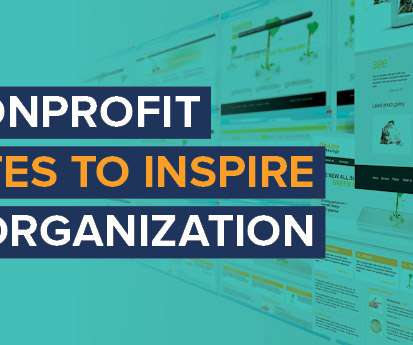Museum 2.0 Rerun: What Does it Really Mean to Serve "Underserved" Audiences?
Museum 2.0
SEPTEMBER 4, 2013
This post is even more relevant today to the broader conversation about audience diversity in the arts than when it was published three years ago. Let''s say you work at an organization that mostly caters to a middle and upper-class, white audience. Guards staring at black teens and grumbling about their clothes.











Let's personalize your content